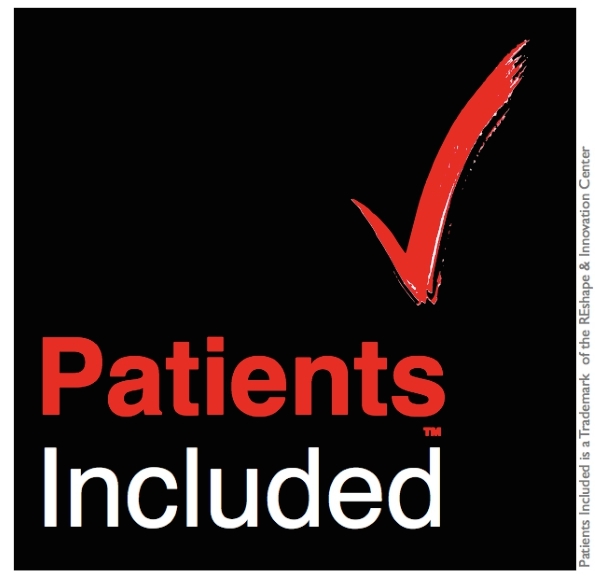Background:
The European Commission Initiative on Breast Cancer (ECIBC) aims to ensure and harmonise the quality of breast cancer services across European countries.
One of the pillars of this initiative is the development of evidence-based guidelines on breast cancer screening and diagnosis; these are the European Breast Guidelines.
Objectives:
The European Breast Guidelines provide evidence-based recommendations in a format and language understandable to all users (patients, individuals, healthcare professionals, researchers, policy-makers). A special focus is placed on patients, who are the ultimate receivers of the interventions analysed in the guidelines.
Methods:
The European Breast Guidelines are developed with GRADE, and use GRADEpro. Evidence-to-Decision frameworks (EtDs) are used to provide a systematic and transparent approach for going from the evidence to the healthcare decision.
Once a recommendation is approved by the Guidelines Development Group (GDG), an external expert in development of patient versions produces a draft which is then worked on by a smaller subgroup of the GDG (approximarely eight members, including three patient members) to reach an agreed version.
Results:
The first 11 recommendations are already published in a dedicated webpage, accessible via three different profiles, patient/individual, healthcare professional and policy-maker.
It was necessary to reframe both the healthcare question and recommendation to make them more understandable. The difference between strong and conditional recommendations is made clear. The information is structured in patient relevant sections:
- Who is this recommendation for?
- What would following this recommendation mean for you?
- Why this recommendation?
They are also being translated in all European Union languages, granting easier access for all.
Conclusions:
It is important to engage patients in making informed decisions. For this, they should understand the benefits and harms of the proposed intervention, hence the importance of presenting clinical information in a manner accessible to them.
Patient or healthcare consumer involvement:
Patients are involved in the entire guideline development process as peers, from prioritisation and definition of outcomes, guideline panel discussions, going through EtDs, and developing patien
